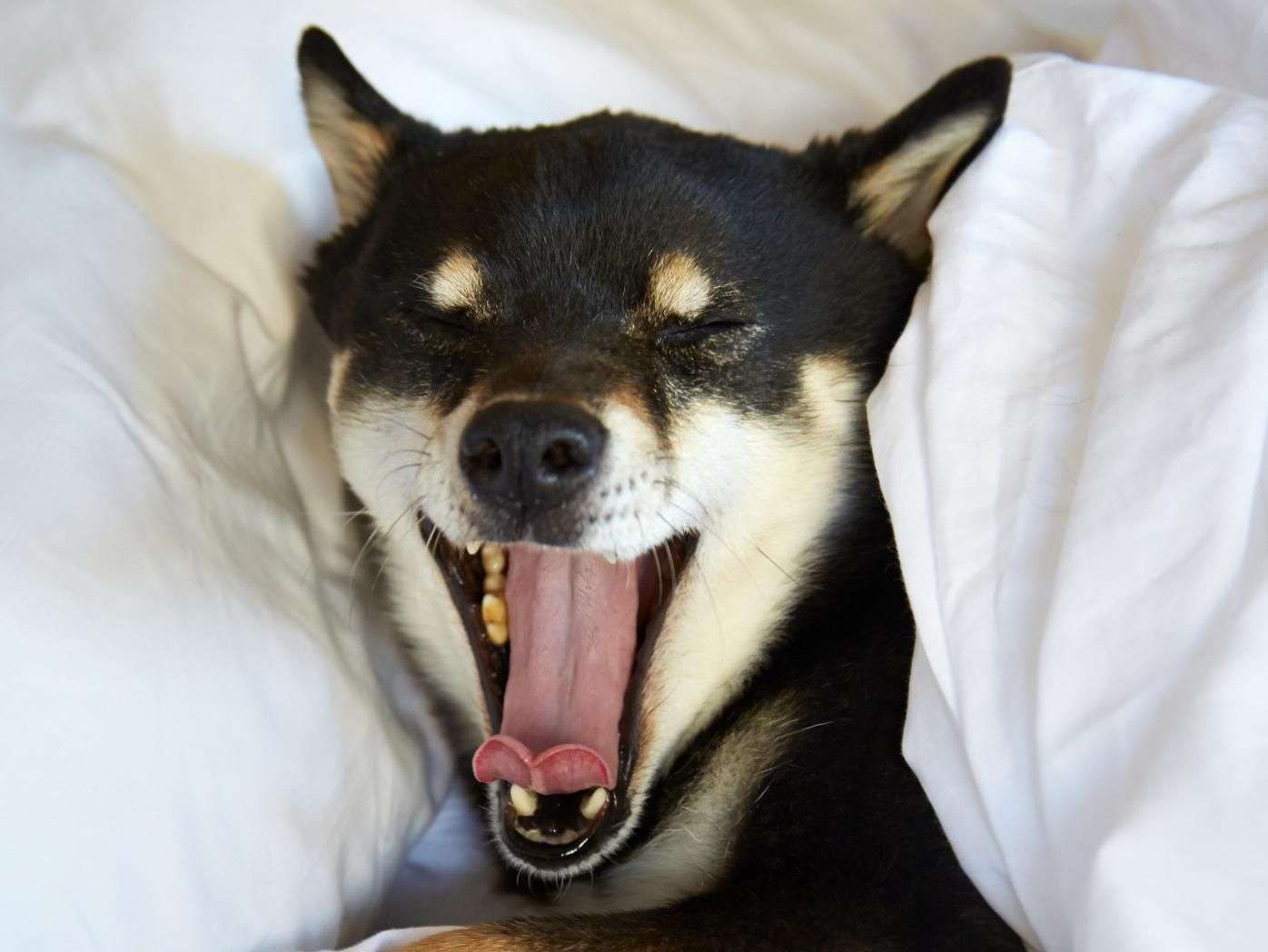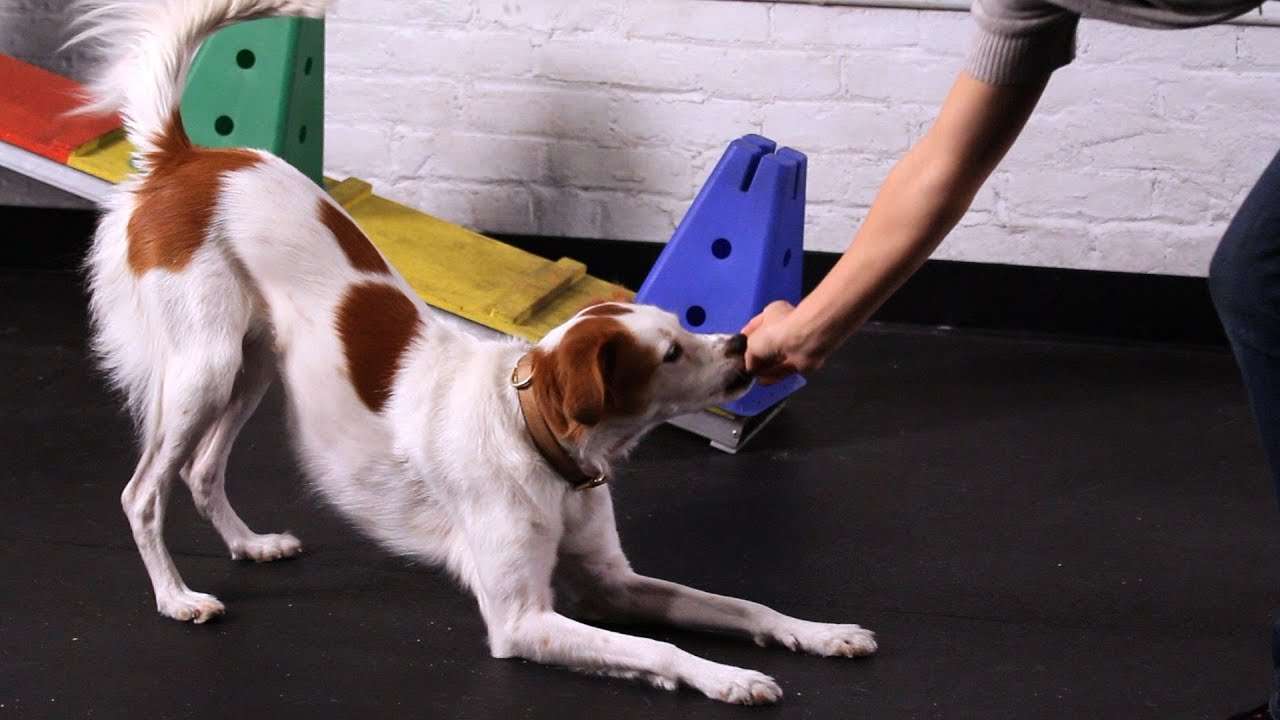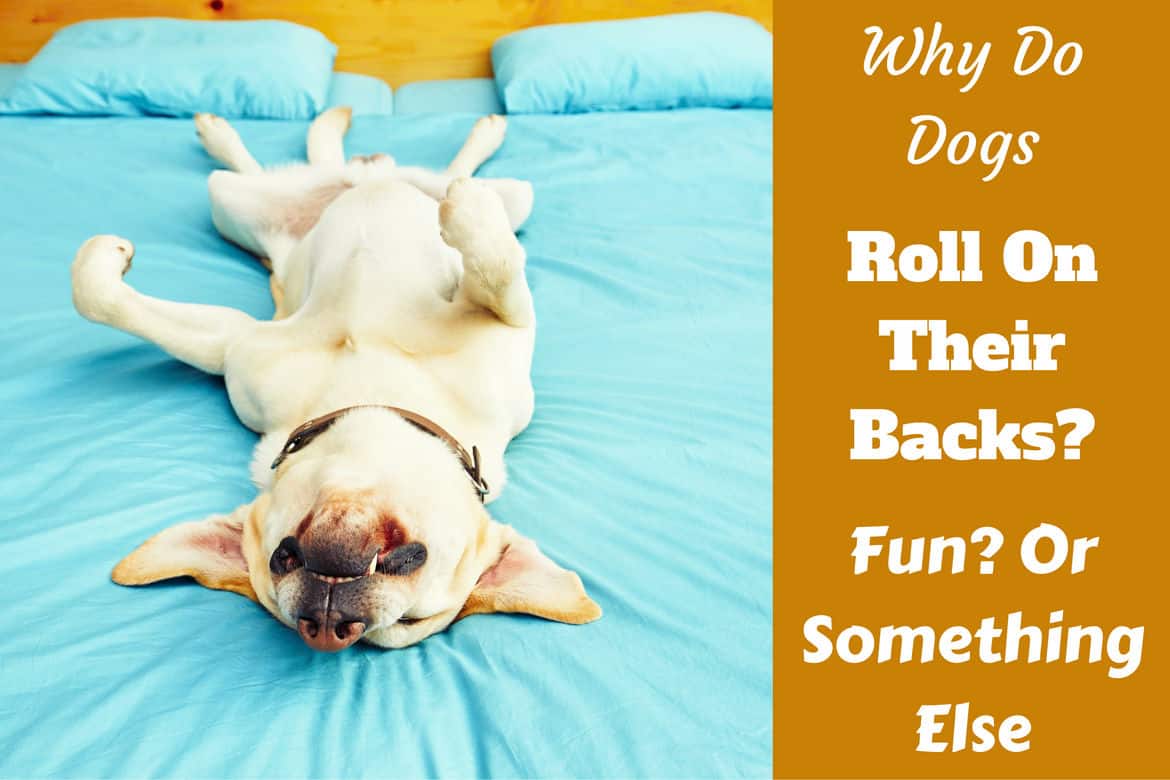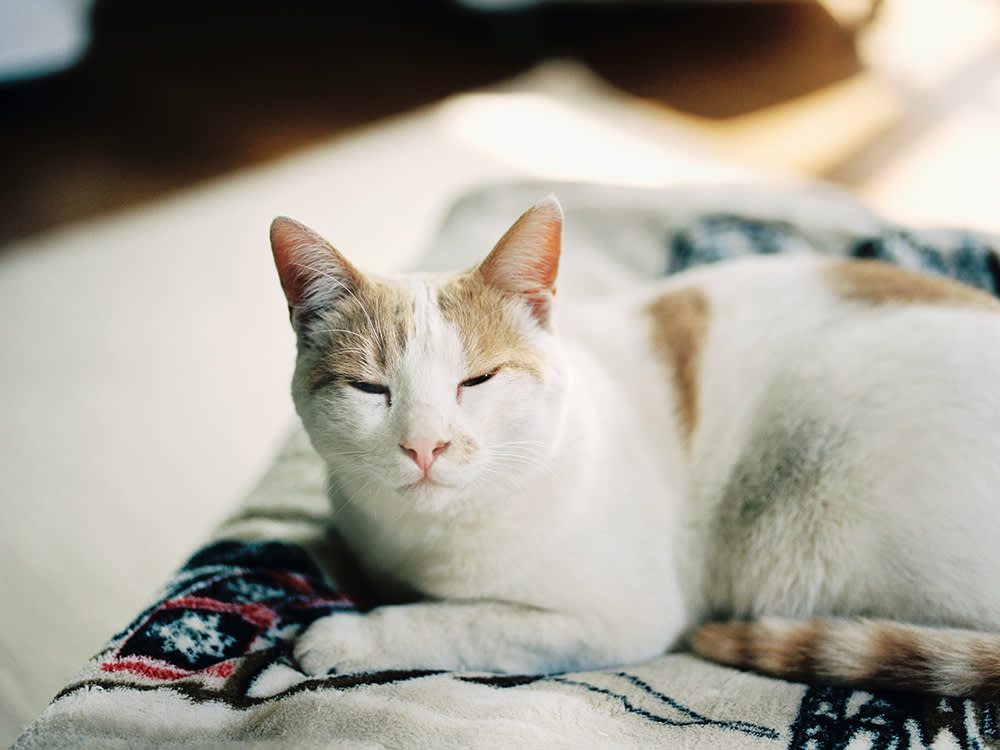Key Takeaways:
- When a dog bows, it is a sign of playfulness and an invitation to engage in play.
- Bowing is a common behavior among dogs and is often seen during social interactions with other dogs or humans.
- Bowing can also be a way for dogs to show submission or respect towards another dog or person.
- Dogs may bow as a form of communication to express their intentions and emotions.
- Understanding the context and body language accompanying the bow can help interpret its meaning more accurately.
Have you ever wondered what your dog is trying to tell you when they bow down? It turns out, this seemingly simple gesture holds a lot of meaning and can provide valuable insights into your furry friend's emotions. Understanding why dogs bow can help deepen your bond with them and improve your communication skills. So, if you're ready to unravel the secret language of dogs and discover the hidden messages behind their bows, keep reading! You'll be amazed at how much you can learn from this seemingly innocent behavior. Get ready to decode your dog's mysterious gestures and strengthen your connection in ways you never thought possible.
What does it mean when my dog bows?
When a dog bows, it is a way of communicating with other dogs or humans. It is a friendly gesture that signals their intention to play. Dogs will lower their front legs and stretch them forward while keeping their hind end up in the air. This position is known as the play bow.
Dogs use the play bow to initiate playtime with other dogs or to invite humans to engage in playful activities. By bowing, they are showing that they are ready and excited to interact in a fun and energetic way.
The body language of a dog's bow
When a dog bows, there are several visual cues that accompany this behavior:
- The front legs are stretched forward
- The rear end is raised
- The tail may wag energetically
- The ears are usually alert and forward
- The dog may make playful barking sounds
Why do dogs stretch their front legs forward and bow down?
Dogs stretch their front legs forward and bow down as part of their natural instinct to communicate through body language. This posture helps convey their intentions clearly to other dogs or humans.
In the wild, wolves and other canines also use similar body language during play. By lowering themselves closer to the ground, they signal that they are not being aggressive or threatening. It's like saying, "I want to have fun!"
How can I tell if my dog wants to play when they bow?
If your dog wants to play and bows, there are some signs you can look for:
- Your dog may have a relaxed body posture
- Their tail may wag excitedly
- They might make playful noises like barking or growling
- Your dog may initiate physical contact, like nudging you with their nose or pawing at you gently
- They may try to engage you in a game of chase or fetch by running away and looking back at you expectantly
If your dog is displaying these behaviors while in the play bow position, it's a clear indication that they are eager to have some fun and want you to join in!
Are there other reasons why dogs might bow besides wanting to play?
While the play bow is most commonly associated with dogs wanting to engage in play, there can be other reasons why they might assume this position:
- Dogs might bow as a way of stretching their muscles after waking up from a nap or after being still for an extended period. It helps them limber up and prepare for movement.
- In some cases, dogs may use the play bow as a submissive gesture when interacting with more dominant dogs. By assuming this position, they are showing respect and signaling that they mean no harm.
- In certain situations, dogs may also use the play bow to get attention or seek affection from their owners. It can be their way of saying, "I want your love and attention!"
Explaining the body language associated with a dog's bowing behavior
The specific body language cues displayed by dogs when they bow can vary slightly depending on the individual dog's personality and breed characteristics. However, some common signals include:
- A relaxed facial expression with open mouth and relaxed tongue
- Soft, wagging tail
- Alert and forward ears
- Bright and eager eyes
- A loose and wiggly body posture
These signals indicate that the dog is in a playful mood and ready to engage in fun activities.
How should I respond if my dog wants to play and bows?
If your dog is bowing and clearly indicating that they want to play, it's important to respond appropriately. Here are some steps you can take:
- Get down to their level by crouching or sitting on the floor. This shows that you are ready to engage with them.
- Mirror their body language by adopting a playful posture yourself. You can mimic their bow or use other playful gestures like waving your hands gently.
- Use an enthusiastic tone of voice to encourage them further. You can say things like "Let's play!" or "You're such a good player!" Dogs respond well to positive reinforcement through voice cues.
- Initiate interactive games like tug-of-war, fetch, or hide-and-seek. These activities allow your dog to burn off energy while strengthening the bond between you.
- Always monitor your dog's behavior during playtime. If they show signs of fatigue or become too rough, it's essential to take breaks and provide them with water and rest.
The importance of responding when your dog bows and how to react
When your dog bows as an invitation to play, it's crucial to respond positively. Ignoring their request for interaction can lead to frustration or confusion for your furry friend.
By engaging in playtime with your dog, you are not only providing them with physical exercise and mental stimulation but also strengthening the bond between you. Play is an essential part of a dog's life and contributes to their overall well-being.
Remember to always be attentive to your dog's body language during play. If they show signs of discomfort or stress, such as growling, snapping, or freezing, it's important to stop the activity and consult with a professional trainer or behaviorist for guidance.
How should I respond if my dog wants to play and bows?
Understanding the Bow
When a dog wants to play and bows, it is important to understand the meaning behind this behavior. The bow is a common way for dogs to communicate their desire for interaction and playfulness. It is a signal that they are ready to engage in a fun activity with you or other dogs. Dogs often lower their front end while keeping their hind end up in the air, wagging their tail enthusiastically. This position shows that they are inviting you to join them in a game or play session.
The Importance of Responding
It is crucial to respond appropriately when your dog bows because it helps strengthen your bond and enhances their overall well-being. Ignoring or dismissing your dog's invitation to play can lead to frustration and feelings of rejection. On the other hand, responding positively will make your furry friend feel valued and loved.
How to React
When your dog bows, it's time for some interactive fun! Here are a few ways you can react:
1. Join the Game: Mimic your dog's bow by lowering yourself into a crouched position with an excited tone of voice. This shows that you are ready to engage in playtime.
2. Use Toys: Grab one of your dog's favorite toys and initiate a game of fetch or tug-of-war. This not only satisfies their desire for play but also provides mental stimulation.
3. Positive Reinforcement: Reward your dog with treats or praise when they initiate play by bowing. This encourages them to continue displaying this behavior as a way of seeking interaction.
Remember, always be gentle and patient with your furry friend during playtime. Enjoy these moments together as they contribute greatly to building a strong bond between you and your beloved pet.
The importance of responding when your dog bows and how to react
Why is it important to respond when your dog bows?
When your dog bows, it is their way of communicating with you. It is a natural behavior that dogs use to initiate play or signal friendliness. By responding to your dog's bow, you are acknowledging their communication and strengthening the bond between you and your furry friend. Ignoring or not responding to your dog's bow may lead to frustration or confusion for them. So, it is crucial to pay attention and react appropriately when your dog bows.
How should you react when your dog bows?
When your dog bows, it is an invitation for interaction. You can respond by engaging in play with them. Get down on their level and mimic their bowing posture. This shows that you understand their invitation and are ready to have fun together. You can also encourage them by using verbal cues like "let's play" or "good bow!" Additionally, you can offer them a toy or initiate a game of fetch. Remember to keep the play session safe and enjoyable for both you and your dog.
Tips for successful interaction:
- Observe your dog's body language: Pay attention to other signals besides the bowing posture, such as wagging tail, relaxed ears, and open mouth. These signs indicate that your dog is in a playful mood.
- Use positive reinforcement: Reward your dog with treats or praise when they engage in appropriate play behavior after bowing.
- Set boundaries: If the play becomes too rough or intense, take a break and redirect their energy towards calmer activities.
- Be consistent: Establish a routine for playtime so that your dog knows when it's appropriate to initiate interaction through bowing.
Remember, responding positively when your dog bows not only strengthens the bond between you and your furry companion but also promotes their overall well-being. So, next time your dog bows, embrace the opportunity for play and enjoy the special connection you share.
In conclusion, when a dog bows, it usually means they are feeling playful and want to engage in a game or invite you to play with them. It is their way of showing excitement and friendliness.
What does it mean if a dog bows to you?
The most common form of dog bowing is known as the 'play bow'. This particular posture is crucial for dogs to communicate with each other. Typically, it is a way for dogs to invite play or apologize for accidental bites that may have caused harm.
What does it mean when your dog bows in front of you?
This adorable display of affection is sure to brighten your day. Sometimes, the same gesture could indicate a playful mood, and you'll see your cute pet full of energy during those times. It might also bring you its favorite toy and invite you to play or chase together.
Do dogs bow when aggressive?
Previously, it was thought that the play bow was a way for dogs to indicate that they are playing and not being aggressive. This is because many of the behaviors dogs engage in during play, such as chasing, growling, biting, and nipping, can also be seen as aggressive.
What does a play bow mean in dogs?
The play bow is a gesture that dogs use to invite other dogs, people, or animals to play. Each dog may have their own version of the play bow depending on their experiences and breed. Your dog's play bow may not match the exact description below, but it should include most of the elements mentioned.
Do dogs bow to show respect?
The common interpretation of a dog bowing is that they are indicating their desire to play. This is the primary message that dogs communicate when they perform this playful gesture. However, there are instances where dogs may also use the bow as a way to apologize, particularly if they were playing and unintentionally became too rough.
Do dogs bow to say hello?
You will easily be able to identify when your dog is showing friendliness by their common posture: front legs extended, rear end raised, and head held high. This is their adorable way of greeting you and inviting you to engage in play.
















